Description
Familiarity with treatment
Laser-Assisted Liposuction (LAL) is a cosmetic surgical procedure that combines traditional liposuction techniques with the use of laser energy to remove excess fat from specific areas of the body. Here’s an overview of the procedure based on the information from the search results:
Preparation: Before the procedure, the patient is typically given anesthesia, which can be local anesthesia, intravenous sedation, or general anesthesia. A saline solution containing medication to minimize pain and bleeding is infused into the area where liposuction will be performed.
Laser Energy Application: Once the patient is prepared, a small incision is made in the skin, and a thin laser fiber is inserted through the incision into the fat layer beneath the skin. The laser energy is then applied to the targeted area.
Fat Liquefaction: The laser energy emitted by the fiber heats and liquefies the fat cells, making them easier to remove. The liquefied fat is then suctioned out of the body using a small hollow tube called a cannula, which is attached to a vacuum device.
Selective Fat Removal: The laser energy selectively targets and breaks down fat cells while minimizing damage to surrounding tissues such as blood vessels, nerves, and connective tissue.
Skin Tightening: Laser energy has been suggested to promote skin tightening by stimulating collagen production and improving the overall contour and appearance of the treated area.
Recovery and Results: The recovery period after laser-assisted liposuction can vary depending on the individual and the extent of the procedure. Patients may experience some swelling, bruising, and discomfort, which can be managed with pain medication and compression garments. The results of laser-assisted liposuction are typically visible immediately after the procedure, but they will continue to improve over several weeks as swelling subsides.
Who is it suitable for?
Based on the information from the search results, laser-assisted liposuction (LAL) is generally suitable for individuals who meet certain criteria. Here’s a summary of the suitability factors mentioned in the search results:
Moderate Skin Laxity: Laser-assisted liposuction is often recommended for individuals with moderate skin laxity. It can help tighten the skin in addition to removing excess fat. However, it may not be suitable for those with significant loose, hanging skin.
Stubborn Fat Deposits: LAL is effective for targeting and removing stubborn fat deposits that may not respond to diet or exercise. It can be used in various areas of the body, such as the abdomen, thighs, arms, flanks (love handles), and chin.
Healthy Weight: LAL is typically not recommended for individuals who are at an unhealthy or unstable weight. It is important to be near your ideal weight before considering the procedure.
General Health: Candidates for LAL should generally be in good overall health. It is important to undergo a medical assessment to determine if you are a suitable candidate for the procedure.
Realistic Expectations: It is important to have realistic expectations about the results of laser-assisted liposuction. While it can help improve body contour and remove excess fat, it is not a substitute for weight loss or a solution for obesity.
Who is it not suitable for?
Laser-assisted liposuction (LAL) may not be suitable for everyone. While it can be an effective procedure for many individuals, there are certain factors that may make someone ineligible or less suitable for the procedure. Here are some factors that may indicate laser-assisted liposuction is not suitable:
Obesity: Laser-assisted liposuction is not intended as a weight loss solution or a treatment for obesity. It is most effective for individuals who are at or near their ideal weight and have specific areas of stubborn fat that are resistant to diet and exercise.
Poor General Health: Individuals with significant underlying health issues or medical conditions may not be suitable candidates for laser-assisted liposuction. This is because the surgery and the recovery process can place additional stress on the body. It is important to undergo a medical evaluation to determine if you are in good enough health for the procedure.
Unrealistic Expectations: It is important to have realistic expectations about the results of laser-assisted liposuction. While it can improve body contour and remove excess fat, it may not achieve the same results as more extensive surgical procedures like body lifts or tummy tucks. It’s essential to discuss your goals and expectations with a qualified plastic surgeon.
Pregnancy or Breastfeeding: Laser-assisted liposuction is generally not recommended for individuals who are pregnant or breastfeeding. It’s important to consult with a healthcare professional for guidance on the appropriate timing of the procedure.
Poor Skin Elasticity: Laser-assisted liposuction is most effective for individuals with moderate skin laxity. If you have significant loose, hanging skin, the procedure may not provide the desired results. In such cases, other procedures like a body lift or tummy tuck may be more appropriate.
Blood Clotting Disorders: Individuals with blood clotting disorders or those taking blood-thinning medications may not be suitable candidates for laser-assisted liposuction. These conditions can increase the risk of complications during and after the surgery.
Advantages
Laser-assisted liposuction (LAL) offers several advantages compared to traditional liposuction procedures. Here are some advantages mentioned in the search results:
Minimally Invasive: Laser-assisted liposuction is considered a minimally invasive procedure. It involves smaller incisions and less trauma to the surrounding tissues compared to traditional liposuction. This can result in reduced scarring, bruising, and swelling.
Improved Skin Tightening: Laser energy used during the procedure can stimulate collagen production and promote skin tightening. This can help improve the overall contour and appearance of the treated area, especially in individuals with moderate skin laxity.
Faster Recovery: Due to the minimally invasive nature of the procedure, the recovery time for laser-assisted liposuction is generally shorter compared to traditional liposuction. Patients may experience less post-operative pain, discomfort, and downtime.
Selective Fat Removal: Laser energy selectively targets and breaks down fat cells while minimizing damage to surrounding tissues such as blood vessels, nerves, and connective tissue. This precision allows for more targeted and controlled fat removal.
Potential for Enhanced Results: Some studies suggest that laser-assisted liposuction may lead to better skin shrinkage and tightening compared to traditional liposuction alone. This can result in improved body contouring outcomes.
Complications
Laser-assisted liposuction (LAL) is generally considered safe, but like any surgical procedure, it carries potential risks and complications. Here are some complications that may be associated with laser-assisted liposuction based on the information from the search results:
Infection: Any surgical procedure carries a risk of infection. It is important to follow proper wound care instructions and take prescribed antibiotics, if necessary, to minimize the risk of infection.
Bleeding: Laser-assisted liposuction involves the use of laser energy to break down fat cells, which can cause bleeding. Surgeons take precautions to minimize bleeding during the procedure, but excessive bleeding can occur in some cases.
Skin Irregularities: In some cases, laser-assisted liposuction may result in uneven or irregular skin contours. This can include lumps, bumps, or indentations. Proper technique and experience of the surgeon can help minimize the risk of such complications.
Burns or Thermal Injury: The use of laser energy during the procedure carries a risk of burns or thermal injury to the skin or underlying tissues. Surgeons take precautions to minimize this risk, but it is important to choose a qualified and experienced surgeon to perform the procedure.
Fluid Accumulation: After the procedure, fluid may accumulate in the treated area, leading to swelling and discomfort. This is a common occurrence and can be managed with proper postoperative care, including wearing compression garments and following the surgeon’s instructions.
Numbness or Sensation Changes: Some individuals may experience temporary or permanent numbness or changes in sensation in the treated area. This can occur due to nerve damage during the procedure.
Scarring: While laser-assisted liposuction involves smaller incisions compared to traditional liposuction, there is still a risk of scarring. Proper wound care and following the surgeon’s instructions can help minimize the appearance of scars.
preoperative care
Preoperative care refers to the physical and psychosocial care provided to patients before undergoing surgery. The goal of preoperative care is to ensure the patient is prepared for surgery and to optimize their overall well-being. Here are some key points about preoperative care based on the information from the search results:
Assessment and Evaluation: The preoperative period begins when the patient is scheduled for surgery and ends with their transfer to the operating room. During this time, healthcare providers assess the patient’s fitness for surgery, which includes a thorough medical history, physical examination, risk assessment, and specific evaluations based on the type of surgery.
Patient Education: Preoperative care involves providing information to the patient about their surgical procedure, expectations before and after surgery, and any necessary lifestyle modifications. This education is typically provided during outpatient appointments, often led by nurse specialists or advanced nurse practitioners. It may also involve remote consultations via telephone or email.
Preoperative Testing: Depending on the type of surgery and the patient’s medical condition, various preoperative tests and clinical assessments may be conducted. These tests can include blood work, imaging studies, electrocardiograms (ECGs), and other specific evaluations to ensure the patient is in the best possible condition for surgery.
Consent and Documentation: Informed consent is an essential part of preoperative care. The patient or their legal guardian must sign a consent form after understanding the risks, benefits, and alternatives of the procedure. The consent form should be properly documented and placed in the patient’s chart before they go to the operating room.
Preoperative Medications: Depending on the patient’s medical condition and the planned surgery, preoperative medications may be administered. These medications can include pain control medications, antibiotics to prevent infection, and medications to manage specific conditions such as diabetes.
Preparation and Comfort: Preoperative care involves preparing the patient’s body for surgery, which may include activities such as washing with an antiseptic. Additionally, addressing the patient’s anxiety and providing emotional support to make them comfortable is an important aspect of preoperative care.
Postoperative care
Postoperative care refers to the care and management provided to patients after they have undergone surgery. The goal of postoperative care is to facilitate the patient’s recovery, manage any potential complications, and ensure their overall well-being. Here are some key points about postoperative care based on the information from the search results:
Monitoring Vital Signs: After surgery, patients are closely monitored in the recovery area. Vital signs such as blood pressure, heart rate, respiratory rate, and oxygen saturation are regularly checked to ensure stability and detect any potential complications.
Pain Management: Postoperative pain management is a crucial aspect of care. Healthcare providers administer pain medications as needed to keep the patient comfortable. Pain levels are regularly assessed, and adjustments to the pain management plan are made accordingly.
Wound Care and Dressings: Proper wound care is essential to prevent infection and promote healing. Depending on the type of surgery, specific wound care instructions are provided, including how to clean the wound, change dressings, and monitor for signs of infection such as redness, swelling, or drainage.
Mobility and Ambulation: Depending on the type of surgery and the patient’s condition, healthcare providers encourage early mobilization and ambulation. This helps prevent complications such as blood clots and promotes faster recovery.
Fluid and Nutrition: Adequate hydration and nutrition are important for the healing process. Patients are encouraged to drink fluids and consume a balanced diet as tolerated. In some cases, intravenous fluids or specialized diets may be provided.
Monitoring and Managing Complications: Postoperative care involves monitoring for potential complications such as infection, bleeding, or adverse reactions to medications. If any complications arise, appropriate interventions are initiated promptly.
Patient Education and Discharge Planning: During the postoperative period, patients and their caregivers are provided with instructions regarding wound care, medication management, activity restrictions, and follow-up appointments. Discharge planning ensures a smooth transition from the hospital to home or a rehabilitation facility, if necessary.
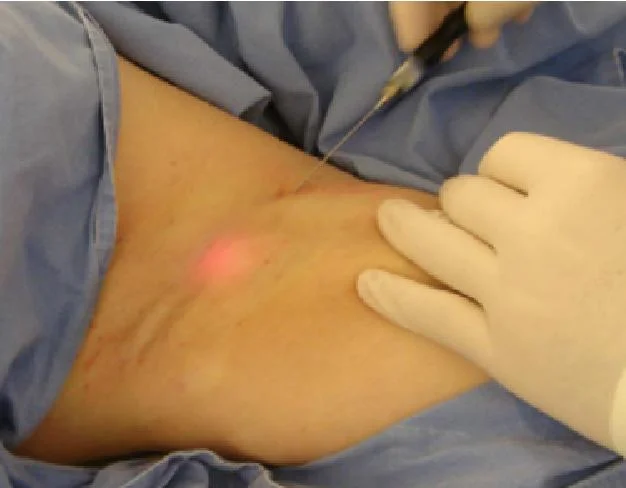
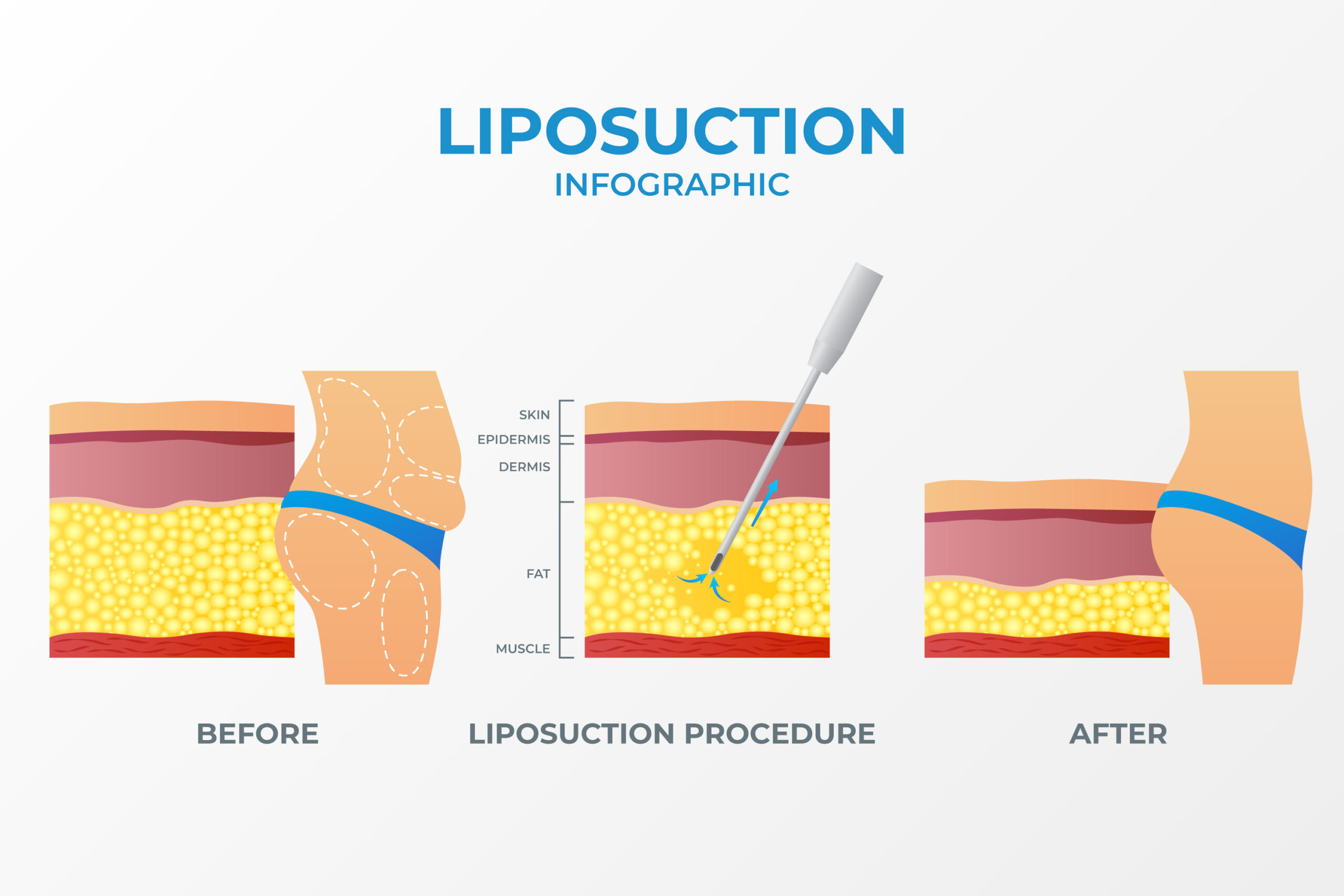
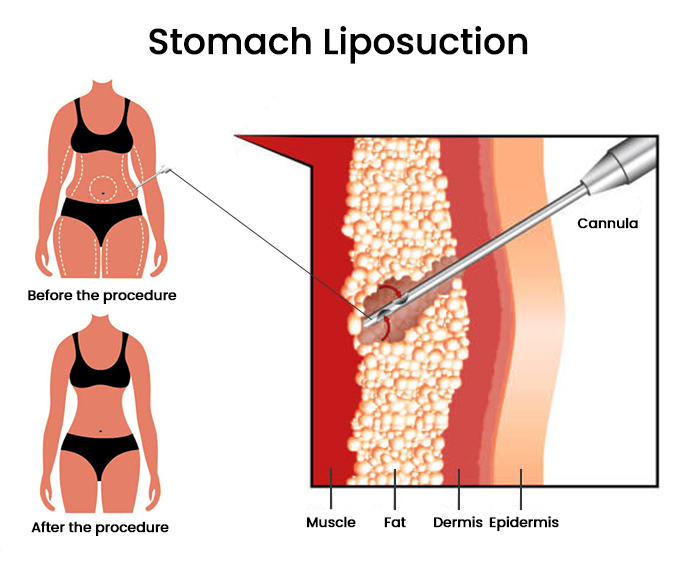
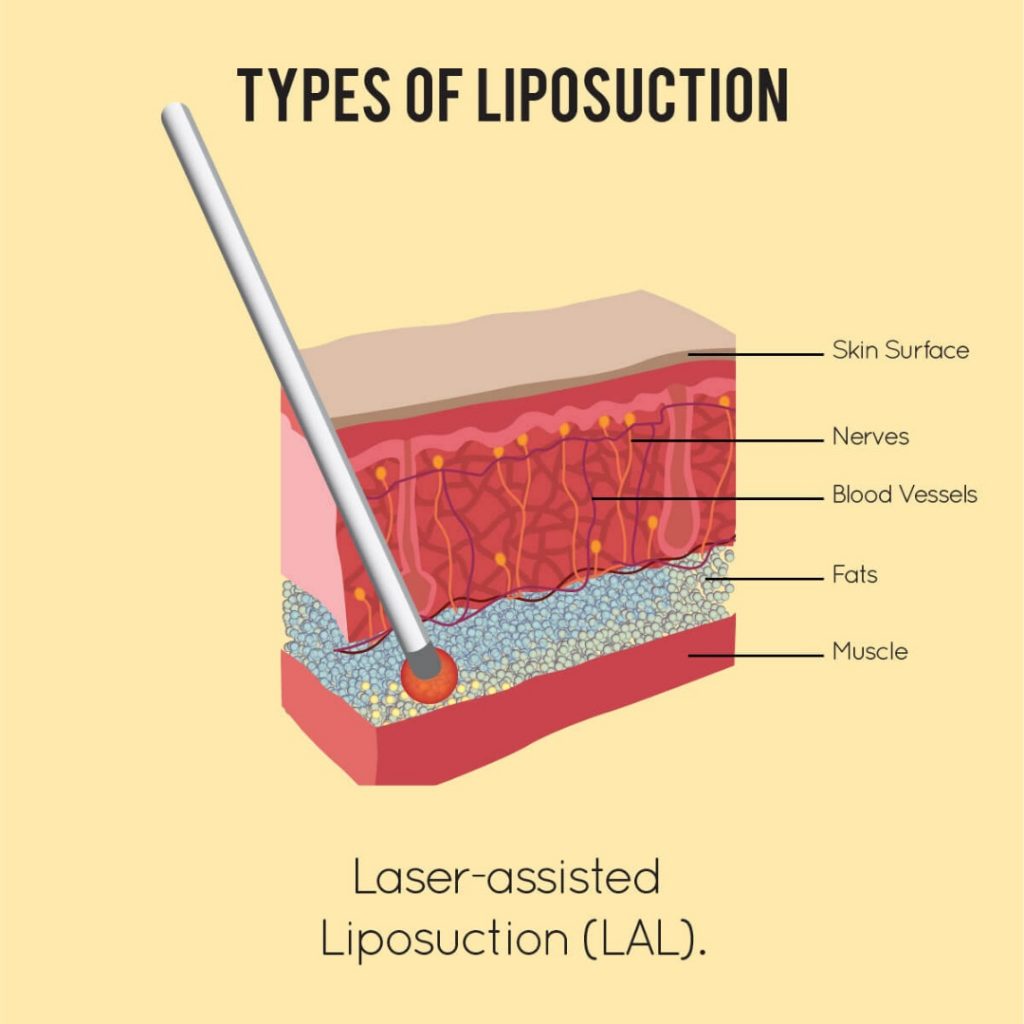

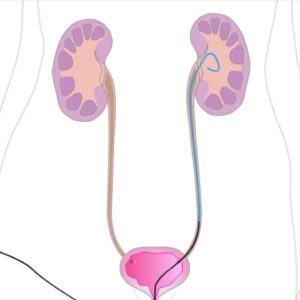
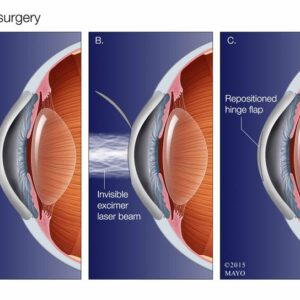

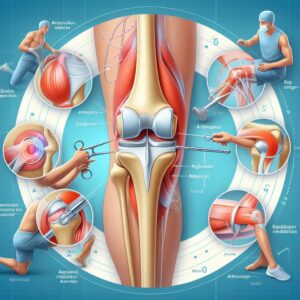

Reviews
There are no reviews yet.